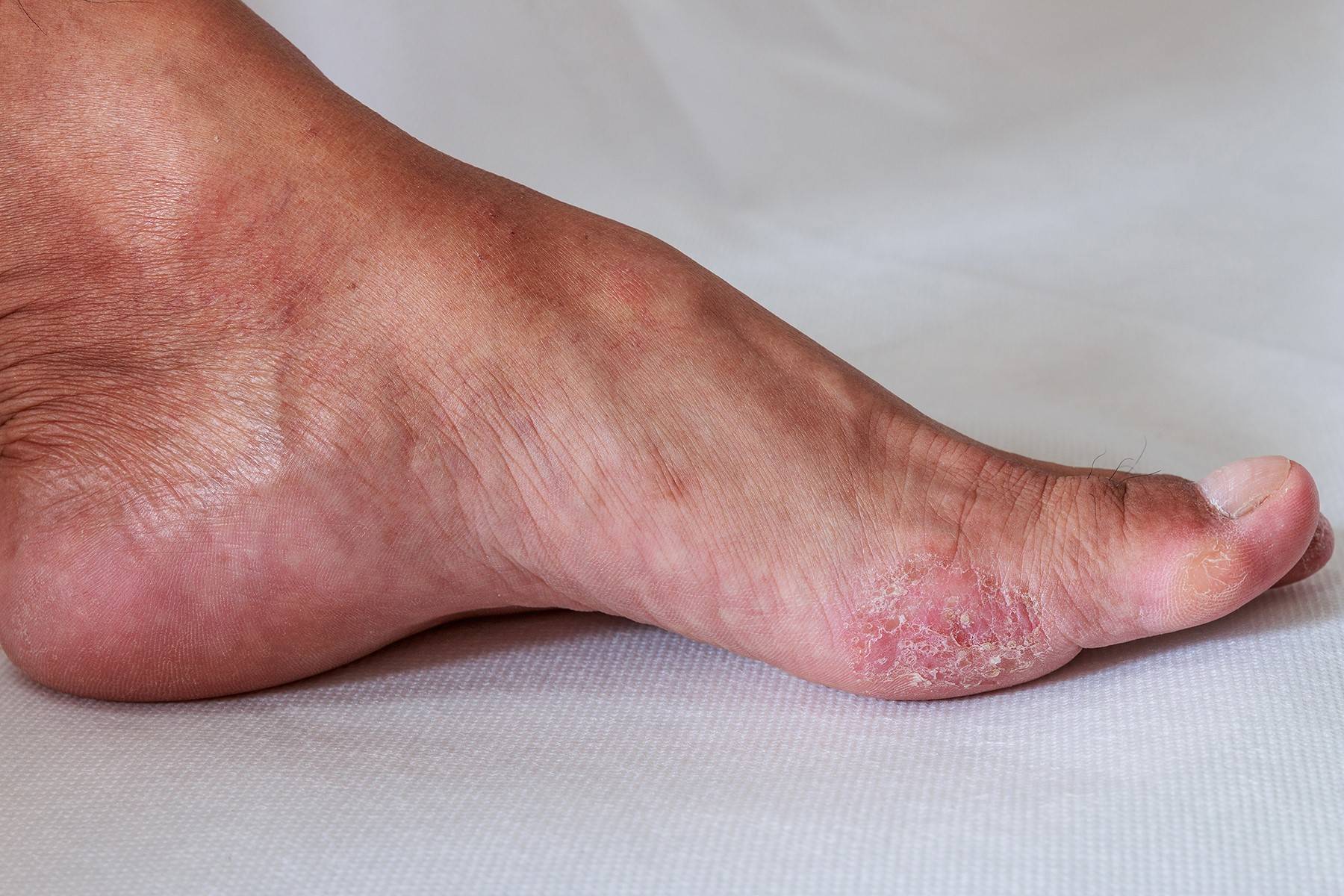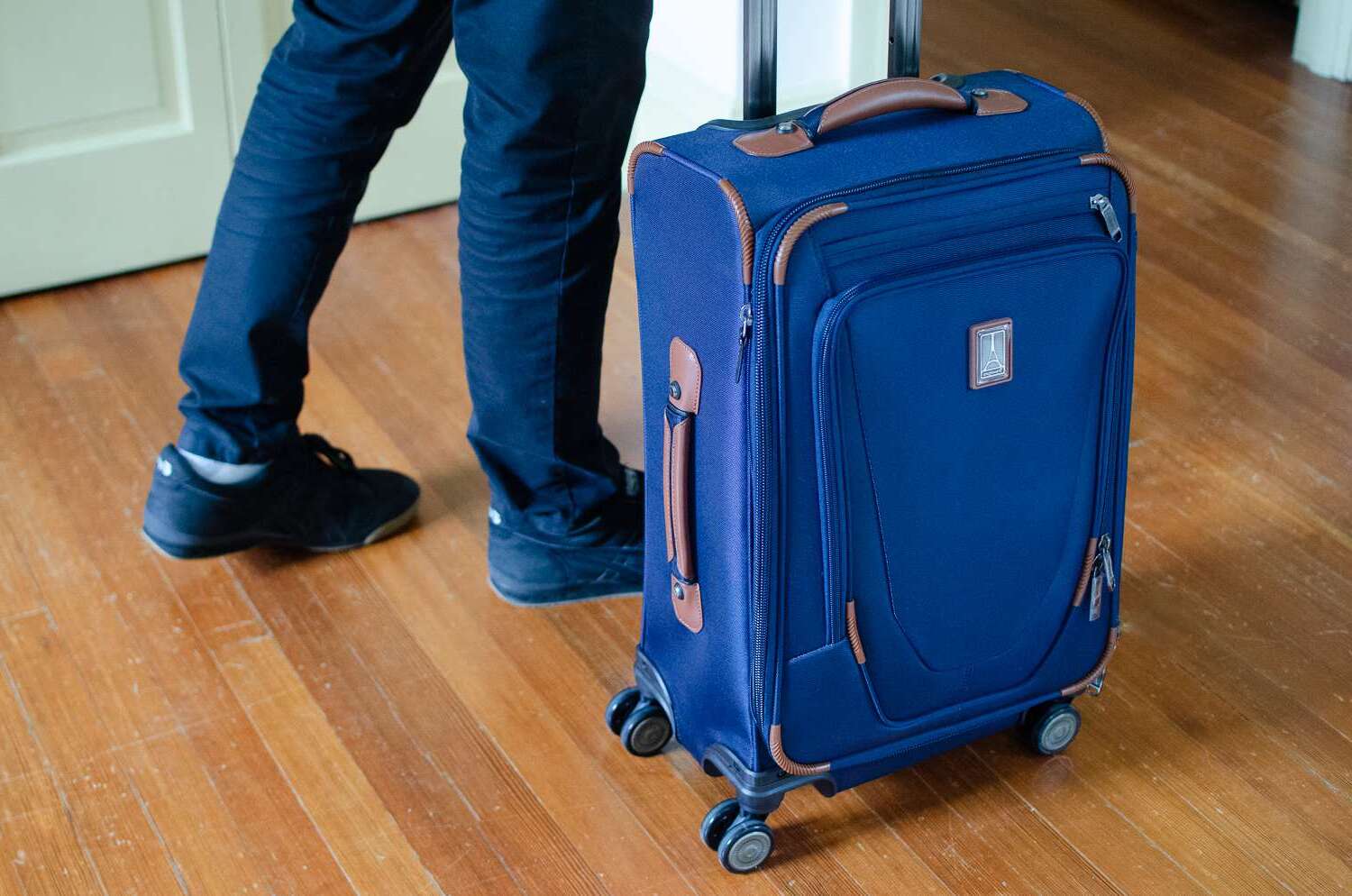
Athlete's foot is a common fungal infection that affects the skin on the feet, causing itching, burning, and cracked skin. But did you know that this pesky condition can spread to other parts of your body? Athlete's foot thrives in warm, moist environments like locker rooms, showers, and around swimming pools. It's not just athletes who get it; anyone can fall victim. The fungus responsible, Trichophyton, loves to hitch a ride on your shoes, socks, and even towels. If left untreated, it can lead to more severe infections. Want to know more? Here are 15 facts about athlete's foot that might surprise you!
What is Athlete's Foot?
Athlete's foot, also known as tinea pedis, is a common fungal infection affecting the skin on the feet. It usually starts between the toes and can spread to other parts of the foot. This condition is not only uncomfortable but also highly contagious.
-
Athlete's foot is caused by fungi. The primary culprits are dermatophytes, a group of fungi that thrive in warm, moist environments like locker rooms and swimming pools.
-
It can spread to other body parts. If left untreated, the infection can move to the hands, nails, and even the groin area.
-
Symptoms include itching and burning. Common signs are itching, burning, and stinging sensations between the toes or on the soles of the feet.
How Do You Get Athlete's Foot?
Understanding how athlete's foot spreads can help in preventing it. The fungi responsible for this infection are highly contagious and can be picked up in various ways.
-
Walking barefoot in public places. Locker rooms, showers, and swimming pools are hotspots for picking up the fungi.
-
Sharing personal items. Using someone else's towels, shoes, or socks can transmit the infection.
-
Wearing tight shoes. Tight, non-breathable footwear creates a perfect environment for fungi to grow.
How to Prevent Athlete's Foot?
Prevention is always better than cure. Simple habits can significantly reduce the risk of contracting athlete's foot.
-
Keep feet dry. Moisture is a breeding ground for fungi. Make sure to dry your feet thoroughly, especially between the toes.
-
Wear breathable shoes. Opt for shoes made of materials that allow air circulation to keep feet dry.
-
Use antifungal powders. These can help keep feet dry and prevent fungal growth.
Treatment Options for Athlete's Foot
If you suspect you have athlete's foot, several treatment options are available. Early intervention can prevent the infection from spreading.
-
Over-the-counter antifungal creams. These are usually effective for mild cases and can be found at most pharmacies.
-
Prescription medications. For more severe infections, a doctor may prescribe stronger antifungal treatments.
-
Home remedies. Some people find relief using natural treatments like tea tree oil or soaking feet in a vinegar solution.
Interesting Facts About Athlete's Foot
Beyond the basics, there are some intriguing aspects of athlete's foot that many people might not know.
-
It can affect anyone. Despite its name, athlete's foot is not limited to athletes. Anyone can get it.
-
Pets can carry the fungi. While rare, pets can be carriers of the fungi that cause athlete's foot.
-
It can recur. Even after successful treatment, the infection can come back, especially if preventive measures are not followed.
Final Word on Athlete's Foot
Athlete's foot, a common fungal infection, affects many people worldwide. Understanding its causes, symptoms, and treatments can help manage and prevent it. Keeping feet clean and dry, wearing breathable shoes, and avoiding shared footwear are key preventive measures. Over-the-counter antifungal creams and powders often provide relief, but persistent cases may need medical attention.
Remember, athlete's foot isn't just for athletes; anyone can get it. Staying informed and proactive can keep your feet healthy and fungus-free. If symptoms persist or worsen, consult a healthcare professional.
By taking these simple steps, you can avoid the discomfort and inconvenience of athlete's foot. Stay vigilant, practice good hygiene, and your feet will thank you.
Was this page helpful?
Our commitment to delivering trustworthy and engaging content is at the heart of what we do. Each fact on our site is contributed by real users like you, bringing a wealth of diverse insights and information. To ensure the highest standards of accuracy and reliability, our dedicated editors meticulously review each submission. This process guarantees that the facts we share are not only fascinating but also credible. Trust in our commitment to quality and authenticity as you explore and learn with us.


